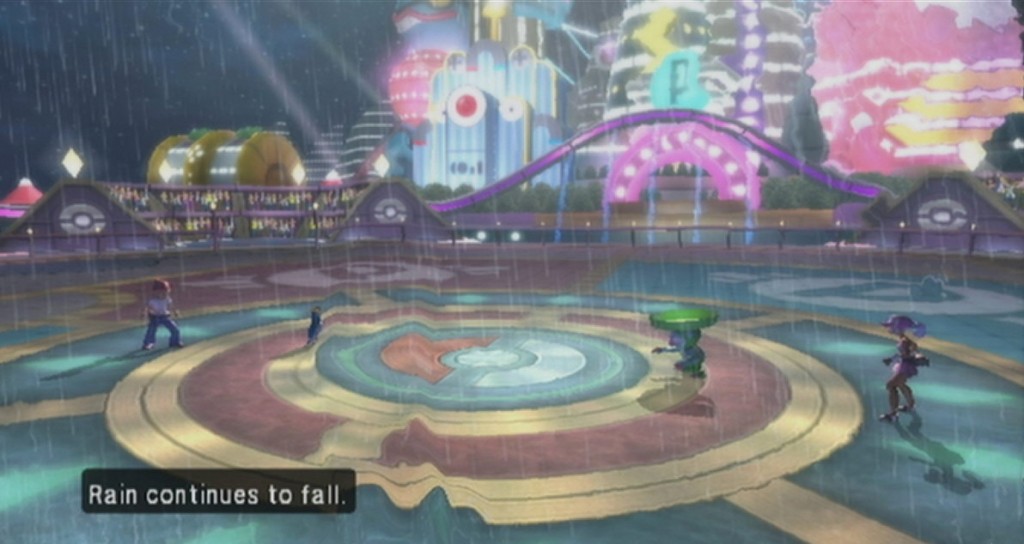Culture
Bit Slap: Pokemon is serious business

It is inevitable that a column on gaming culture has to touch on Pokemon at some point, so I figured I’d get it out of the way. Like many whose formative years took place in the 90’s, Pokemon was my shit.
The initial roster of 150 Pokemon has since grown to over 600 but before I continue let me address those who claim the new additions are lame and uninspired. Although there are totally some clunkers, notably the Siamese-twin ice cream Pokemon, the original batch was not without disappointments. Notably, Tangela:

What is supposed to be a sentient mess of vines looks more like an untamed off-color 70’s bush. Although the Pokedex entry doesn’t mention anything of this sort, my guess is this thing yearns to be shaved. And, what’s worse, its eyes watch you not shave it.
Not to mention no one in their right mind would use poor Tangela. Even though it was the only pure grass-type in the original (all other grass Pokemon had terrible poison sub-typing) it had a poor move pool and stat growth. Any type advantage you’d get from a pure grass-type could be accomplished with a decent water Pokemon.
Also, it was a bunch of pubes. And Voltorb was a Pokeball with a face.
If the above analysis seems a bit extensive for, y’know, Pokemon, let me introduce you, dear reader, to something truly special: Competitive Pokemon Battling. Nintendo has slyly made each subsequent Pokemon game more and more complex. For people just looking to beat the game and call it a day, this complexity doesn’t really matter. But when you are talking about battling other players online with the DS’s Wifi the complexity, evidently, matters.
So how complex are we talking here? Well, pretty damn complex.
The above linked information is not being compiled by a bunch of tech-savvy 8-year-olds with too much time on their hands. I know this because very few 8-year-olds are capable of boiling a game mechanic into a mathematical expression. Courtesy of the already linked Bulbapedia, the probability of capturing a Pokemon in the newer games, for instance, can be expressed by the following equation.
Probability of Capture
The probability p of catching a Pokémon in Generation IV, given the values a and b defined here is:
The second expression for p may be expanded as follows:
Since (216 – 1)4 ≈ 264, we can approximate p with the following expression:
The percentage error in this approximation approaches 0 as a approaches 255, and does not exceed 21.2%.
For a constant probability p, the probability P that a player can capture the Pokémon with no more than r tries is:
Note that this is the cumulative probability function for a geometric distribution. The expected value of r is 1/p, that is to say, on average, a Pokémon that can be caught with probability p will be caught with 1/p tries.
The inverse problem, the number of tries, r, needed to have a probability P of capturing a Pokémon is:
And catching Pokemon doesn’t even directly involve playing against another human being! So you can imagine the kind of resources the community has developed when it has comes to Pokemon battles.
At the risk of filling your history up with Pokemon related sites, I’d recommend checking out Smogon University’s Strategy Index to understand how much information is compiled. Click on a Pokemon. Any one; doesn’t matter. Crazy, right?
There are three takeaways from all this: 1.) an active community can perpetually reinvent and sustain a single game, as explained in my first article 2.) Pokemon masters also have Engineering degrees and 3.) Tangela seriously looks like a bunch of pubes.





[…] HEAVEmedia also takes a serious look into the world of Pokemon. […]